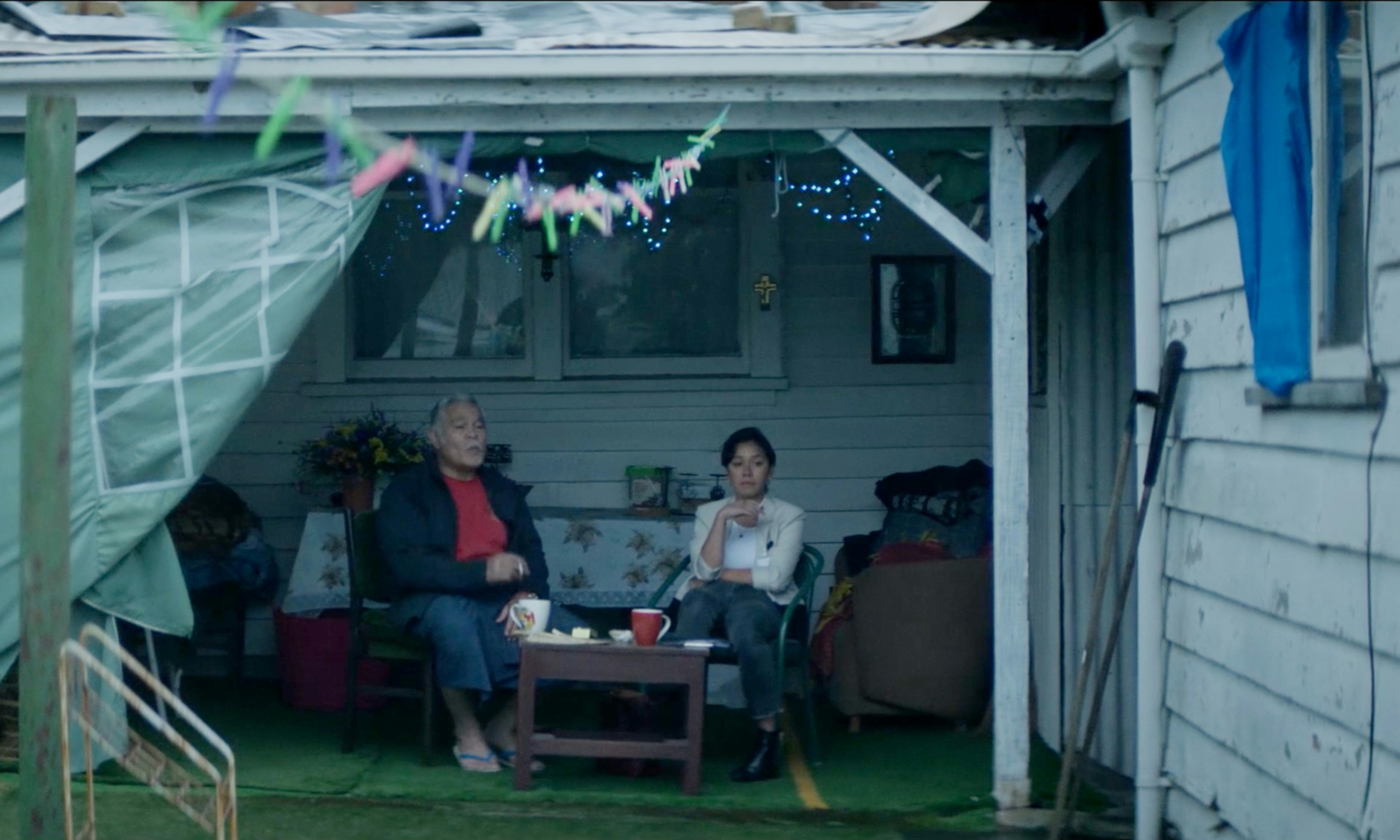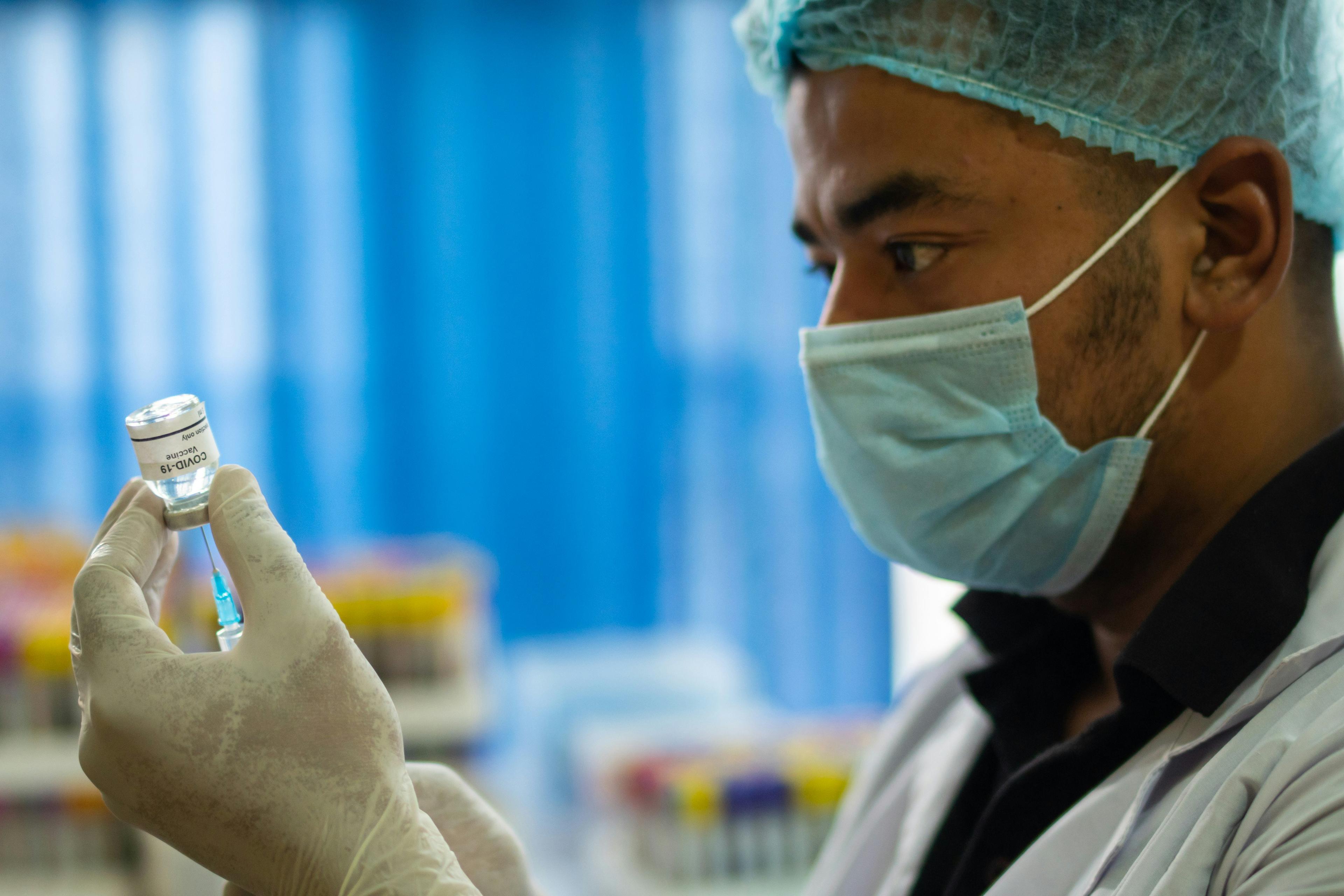

Pacific providers are doing their best to lift lagging vaccination rates for children.
Prasesh Lomash via Unsplash
Questions whether govt health targets will improve Pacific health outcomes
Plans to reduce wait times and increase access to specialists and treatment are being welcomed, but are there enough workers to make it happen?




Heaven is real, Hell isn’t: My spiritual journey through ego, love and seeking out peace



Oscar hopeful Lea Tupu’anga's māfana captures global support


Heaven is real, Hell isn’t: My spiritual journey through ego, love and seeking out peace

There are mixed feelings on the government’s health targets and whether they will make a dent in health inequities for Pacific communities.
The government has announced five health targets: shorter wait times in emergency departments, faster access to treatment and specialist appointments, along with higher immunisation rates for children.
Health Minister Dr Shane Reti, also the Minister for Pacific Peoples, has set the targets to apply to 90 to 95 per cent of patients, and admits the goals are ambitious.
“Having effective targets, and reporting on them publicly, helps identify where there are problems – and how we can take action to improve them.”
One of the main focus points is raising routine childhood immunisation rates to 95 per cent.
Measles has a higher infection rate than COVID-19, and in 2019 a measles outbreak in Samoa led to 83 deaths, most of them children under the age of four. Vaccination rates had slumped in Samoa following the deaths of two babies due to incorrect vaccination procedures.
Health New Zealand national director for Pacific health Markerita Poutasi says one in four Pacific children aged 1-4 are missing some or all of their routine vaccinations, which makes families and communities vulnerable.
“About 75 per cent of our young people are fully immunised, which includes measles, mumps, rubella - MMR, that is a low number and what we’re trying to do is really increase that number to create a level of protection before any outbreak might occur.”
Speaking to Levi Matautia-Morgan on Pacific Mornings, Poutasi says Pacific providers in New Zealand showed their effectiveness during the pandemic, and are now doing their best to boost vaccination rates in their areas.
“The South Island is going ‘great guns’ and the Pacific community down there is going really, really well on their under-24 months, we’re also seeing real lifts in the central region, so Wellington, Hutt Valley, Porirua, up around 87 per cent.
“We’ve offered other forms of support, if your family need someone to come and help vaccinate in the home, because if you’ve got a lot of kids, there’s opportunities for more of that enhanced care where we have Pacific providers who also offer all forms of wraparound service.”
Watch Health NZ's National Director for Pacific Health Markerita Poutasi on Pacific mornings:
Meanwhile, Labour MP for Panmure-Ōtāhuhu Jenny Salesa says focussing on numbers and targets can skew the overall picture of whether things are really improving.
“We know there’s deep inequities in our society. The National government has always, when we have a look at their history, they have a focus on targets, on reducing the waiting list but dealing with or addressing health inequity is actually a really complex issue.”
Salesa lists social determinants that can impact wider health outcomes such as healthy school lunches, cost of living pressures and access to state housing.
In 2020, former Auckland District Health Board chair Pat Snedden said targeted interventions were needed to improve Pacific outcomes, including faster access to specialists.
“Our data shows Māori and Pasifika patients take longer to move from referral to listing for procedure and often have to present multiple times … we want our clinical assessment process to be intrinsically evidence-based and fair to our population within the resources available. But it hasn’t been, and we can’t avoid that.”
Lofty goals, but where are the workers?
There are concerns the targets are out of touch with staff shortages in the sector.
Poutasi says sector shortages are a global issue, and says many workers are choosing to stay in what is a challenging environment.
“It's important to really thank and acknowledge everyone who is still in the system because they haven't gone off to Australia, they're making an amazing contribution every day, and they're here and driven by a service mentality.”
Poutausi says there could be opportunities for nurses and pharmacists to be able to carry out more tasks.
“There’s an opportunity to shift the scope of practice of some of our existing workforce where we know they already have great access and relationships with families.”
New Zealand Nurses Organisation kaiwhakahaere Kerri Nuku says the targets will be difficult to achieve without higher pay and more diversity in the workforce.
"For those most in need in Aotearoa, that must include a culturally safe workforce, so people receive care that is appropriate for them and helps them engage with services.
"Unfortunately we’re not seeing any real action around this and it would be great if the government’s ‘vigorous new direction in health’ included more vigour in attracting New Zealanders to take up nursing studies, especially Māori and Pacific people.”
A 2020 report shows Pacific peoples make up 3.3 per cent of nurses and 1.8 per cent of New Zealand’s doctors.
Nuku says health students need to be supported financially and culturally while they study so they make it to the end and graduate.
Health targets announced Friday 8th March 2024:
Faster cancer treatment - 90 per cent of patients to receive cancer management within 31 days of the decision to treat.
Improved immunisation for kids -95 per cent of children to be fully immunised at 24 months of age.
Shorter stays in emergency departments - 95 per cent of patients to be admitted, discharged or transferred from an ED within six hours.
Shorter wait times for first specialist assessment – 95 per cent of patients to wait less than four months for an FSA.
Shorter wait times for treatment – 95 per cent of patients to wait less than four months for elective treatment.